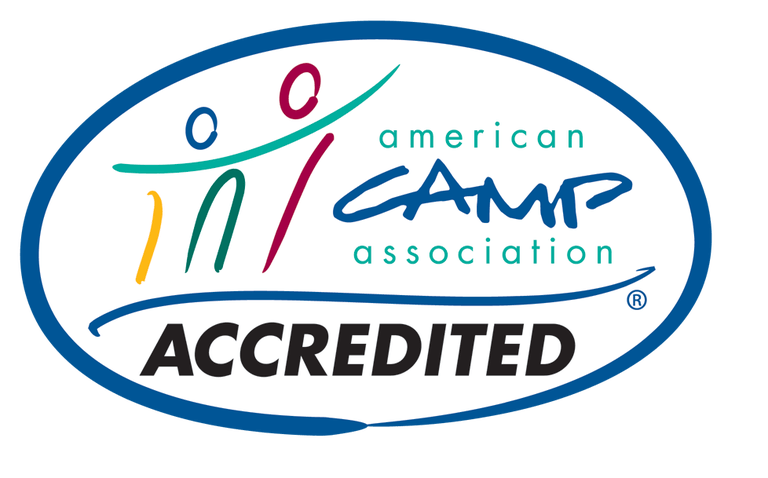Taxonomy Part 2
/Yesterday, I explained what taxonomy was and gave a brief introduction to the 8 levels we use to describe and organize the organisms of the world. Check it out here: http://www.soundviewcamp.com/nature-blog/2020/5/14/taxonomy
Today, I am going to go through the basic 8 levels and what they mean for my favorite animal, the Sea Otter.
Sea Otter Taxonomy
Photo:https://www.expii.com/t/levels-of-organization-within-organisms-cells-10023
Domain: I I mentioned yesterday, there are 3 domains: Archaea, Bacteria, and Eukarya. The first 2 are single-celled organisms that do not keep their DNA enclosed in a nucleus. The domain Eukarya includes single-celled and multi-celled organisms that do enclose their DNA in a nucleus. This is the domain that Sea Otters are in.
Kingdom: Within the domain Eukarya, there are four kingdoms: Plantae, Fungi, Protista, and Animalia. Sea Otters belong in the kingdom Animalia, or animals, because their body is made up of multiple cells that do not have cell walls, they need to eat other organisms to gain nutrients (Heterotrophic) and they are capable of motion in some point in their life.
Phylum: In the kingdom Animalia, there are about 35 phyla. Nine phyla out of the 35 cover most of today’s living species. The phylum that Sea Otters belong to is called Chordata. This phylum consists of animals that at some point when they are growing have: a notochord, a dorsal hollow nerve cord, gill slits, and a tail that extends beyond the end of the digestive system. A notochord is a supportive rod made of cartilage, the same material in your ear lobe. For many members of phylum Chordata, the notochord is replaced by a backbone. We call these animals Vertebrates. Although Sea Otters do not have gills when they are born, they have them for a short time while they are developing as an embryo. This is the case for many animals in this phylum.
Class: Within the phylum Chordata, Sea Otters belong to the class Mammalia. Sea Otters are mammals because they produce their own body heat (endothermic), have fur, give live birth, have mammary glands that produce milk for mothers to feed their babies, and have a complex brain. This is the last level we, as humans, share with Sea Otters.
Sea Otter Skull- Note the teeth Photo: http://www.skullsite.co.uk/Sotter/sotter.htm
Order: The order Sea Otters belong to is Carnivora. Members of this order are typically meat-eaters, or carnivores. There are some exceptions to this as a few members are omnivores, meaning they eat both meat and plants. An example of this are bears and raccoons. The Panda belongs to this order as well even though it is herbivorous, only eating plants. Carnivora are typically noted by their pointed teeth that are used for tearing meat. They can also only move their jaw up and down. They cannot move it side to side like humans and other primates can. Sea otters crack open shells and chew their food more than most Carnivora members so their back teeth are flatter than dog or cat teeth are.
Family: Sea Otters are members of the Mustelidae family. This family group is known for typically having long bodies, short legs, rounded ears and a powerful bite. Most member also have scent glands that they use for mating, marking territory, or in the case of a skunk, for protection. Though river otters have sent glands, Sea Otters are an exception to the sent gland rule. They spend their whole lives in the water where sent glands are not useful. Other members of this family include weasels, badgers, skunks and wolverines.
Photo: https://medium.com/@exploreorg/explore-org-and-seaotters-com-aed4f4080ec8
Genus: Enhydra is the Sea Otter genus. Sea Otters are the only extant (existing) member of this genus for fully aquatic otters. Enhydra means “in water.” There is one extinct member of this species, an otter that lived in the Eastern Atlantic ocean around two million years ago. All otters belong to the Subfamily Lutrinae. There are many genera of otters. Today’s otter species are represented in eight different genera.
Species: The species of the Sea Otter is Lutris, which means “otter.” This makes the scientific name of the Sea Otter: Enhydra lutris. There are three subspecies of Enhydra lutris. They are seperated into subspecies because they live in different area’s of the Pacific Ocean: Southwestern coast of North America, Northwestern coast of North America, and Northeastern coast of Asia.
In learning about the taxonomy of an organism, you can learn a lot about the characteristics, ancestors, and relatives of the species. I encourage you to do this for a species you are interested in to see what you learn about them!







